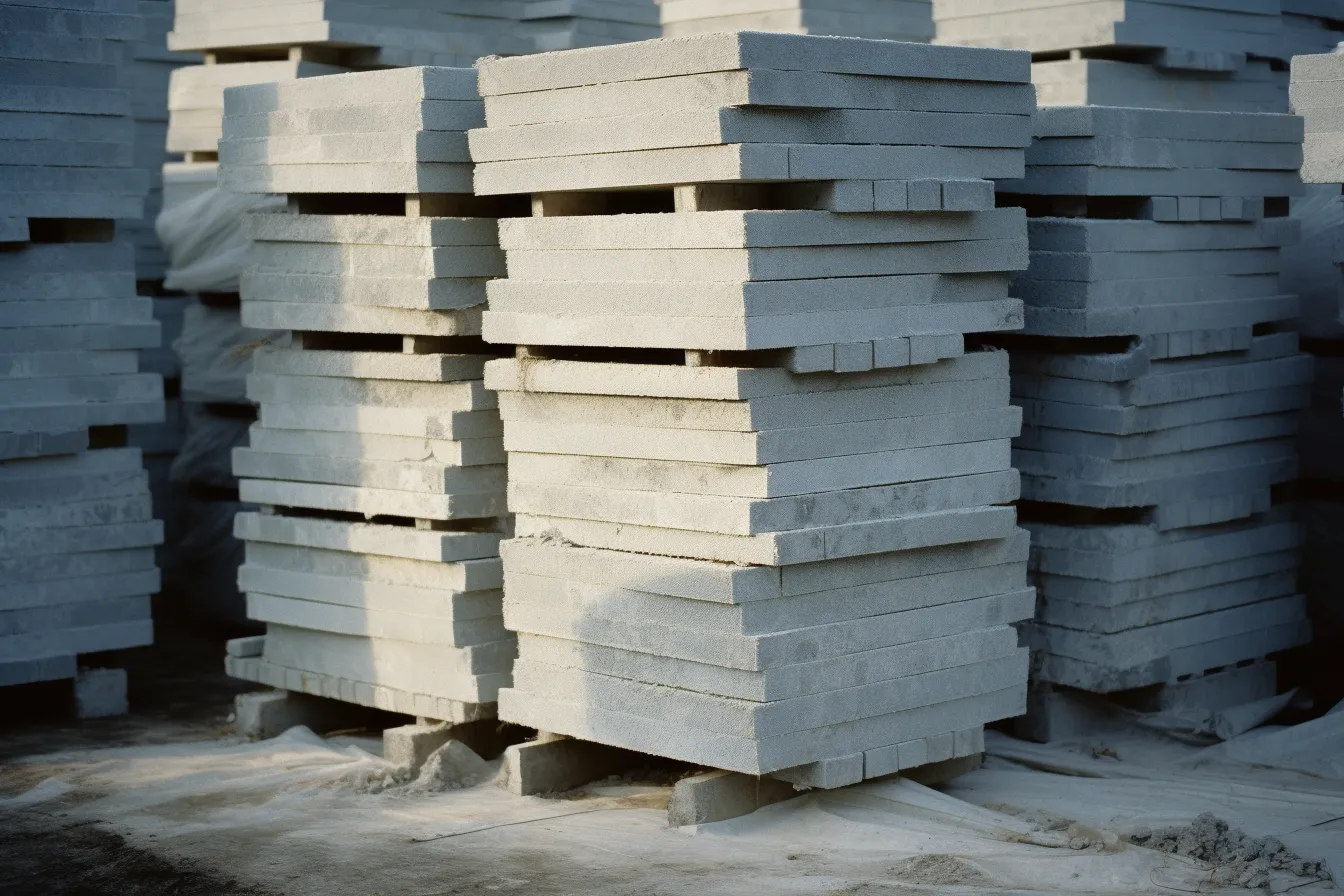Concrete in Architecture – Notable Structures
Welcome to our article on concrete in architecture! In this piece, we will explore some of the most notable structures around the world that showcase the versatility and beauty of concrete. From towering skyscrapers to elegant bridges, concrete has been used in a variety of innovative ways to create iconic buildings that withstand the test of time. Join us as we dive into the world of concrete and discover why these structures stand out.
The Empire State Building
-Completed in 1931, the Empire State Building in New York City stands as a testament to the strength and grandeur of concrete. Rising 1,454 feet into the sky, it held the title of the tallest building in the world for nearly 40 years. The Empire State Building is a prime example of the Art Deco architectural style, with its sleek lines and intricate detailing. Its concrete foundation and frame provided the stability required to support its massive height, while its limestone and granite facade added an elegant touch. This iconic structure continues to be a symbol of American ingenuity and ambition.
The Sydney Opera House
-Located in Sydney, Australia, the Sydney Opera House is renowned for its unique and captivating design. Designed by Danish architect Jørn Utzon, it was completed in 1973 and has since become a UNESCO World Heritage site. The distinctive sail-like roofs of the opera house were made possible through the use of precast concrete panels. These panels not only enabled the creation of its iconic shape but also provided superior durability and weather resistance. The Sydney Opera House is a stunning example of how concrete can be molded and shaped to create extraordinary architectural masterpieces.
The Pantheon
-Traveling back in time to ancient Rome, we come across the Pantheon, a marvel of architectural engineering. Built in the 2nd century AD, this temple-turned-church features a breathtaking concrete dome with a central oculus that allows natural light to flood the interior. The dome is made of lightweight volcanic ash mixed with cement, creating a lightweight and structurally sound structure. The Pantheon’s dome remains the largest unreinforced concrete dome in the world, a testament to the durability and longevity of this ancient building material.
The Hoover Dam
-Moving away from buildings and into the realm of infrastructure, the Hoover Dam deserves special mention. Located on the border of Arizona and Nevada, this concrete gravity-arch dam was completed in 1936. It spans the mighty Colorado River, providing hydroelectric power to millions of people. The sheer scale of the Hoover Dam is awe-inspiring, with approximately 4.4 million cubic yards of concrete used in its construction. The dam’s concrete was poured in interlocking blocks to form a structurally integral whole, showcasing the strength and reliability of this material.
As we conclude our journey through these remarkable structures, it is evident that concrete plays a crucial role in the world of architecture and construction. Its versatility, durability, and aesthetic appeal have made it a favorite among architects and engineers alike. Whether it’s the towering Empire State Building or the intricate Sydney Opera House, these concrete wonders continue to leave us in awe. So next time you encounter a concrete structure, take a moment to appreciate the profound impact it has had on the world of architecture.
